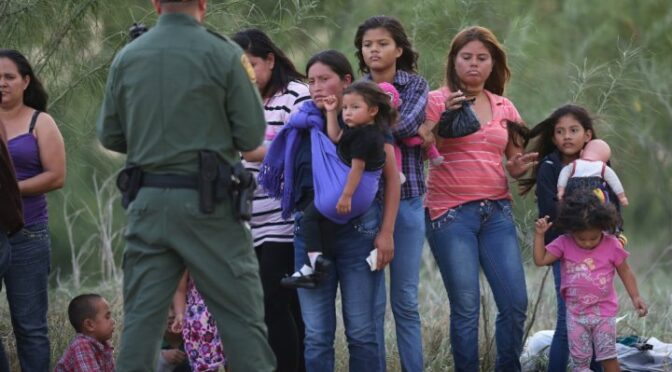 The United States of America is one the most popular countries in the world for people looking for asylum. According to US Department of State, since 1975 the USA has accepted more than three million refugees from different parts of the world; and, as The Organization for Economic Cooperation and Development statistics demonstrates, in 2012 out of total number of 449 420 asylum seekers into OECD countries and Russian Federation, 68 thousand people came to the USA (next three major OECD countries for refugees are Germany (64540), France (54940) and Sweden (43890)). Who can be considered a refugee?
The United States of America is one the most popular countries in the world for people looking for asylum. According to US Department of State, since 1975 the USA has accepted more than three million refugees from different parts of the world; and, as The Organization for Economic Cooperation and Development statistics demonstrates, in 2012 out of total number of 449 420 asylum seekers into OECD countries and Russian Federation, 68 thousand people came to the USA (next three major OECD countries for refugees are Germany (64540), France (54940) and Sweden (43890)). Who can be considered a refugee?
 According to the 1951 Refugee Convention, a refugee is someone who “owing to a well-founded fear of being persecuted for reasons of race, religion, nationality, membership of a particular social group or political opinion, is outside the country of his nationality, and is unable to, or owing to such fear, is unwilling to avail himself of the protection of that country.” As such, asylum seekers differ from refugees in their legal status, i.e. he or she can claim to be a refugee, but unless their claim is definitively evaluated by national asylum centers and they are granted official refugee status, an asylum seeker can be sent back to their home country. To further complicate things, in modern times millions of people choose to migrate in order to seek better opportunities for themselves and their families (for example, the so-called economic migrants), while refugees absolutely have to flee their home countries because of the fear of prosecution. As such, refugees and other types of migrants are subjects to different international and national laws. Continue reading Refugees and Their Plight
According to the 1951 Refugee Convention, a refugee is someone who “owing to a well-founded fear of being persecuted for reasons of race, religion, nationality, membership of a particular social group or political opinion, is outside the country of his nationality, and is unable to, or owing to such fear, is unwilling to avail himself of the protection of that country.” As such, asylum seekers differ from refugees in their legal status, i.e. he or she can claim to be a refugee, but unless their claim is definitively evaluated by national asylum centers and they are granted official refugee status, an asylum seeker can be sent back to their home country. To further complicate things, in modern times millions of people choose to migrate in order to seek better opportunities for themselves and their families (for example, the so-called economic migrants), while refugees absolutely have to flee their home countries because of the fear of prosecution. As such, refugees and other types of migrants are subjects to different international and national laws. Continue reading Refugees and Their Plight


